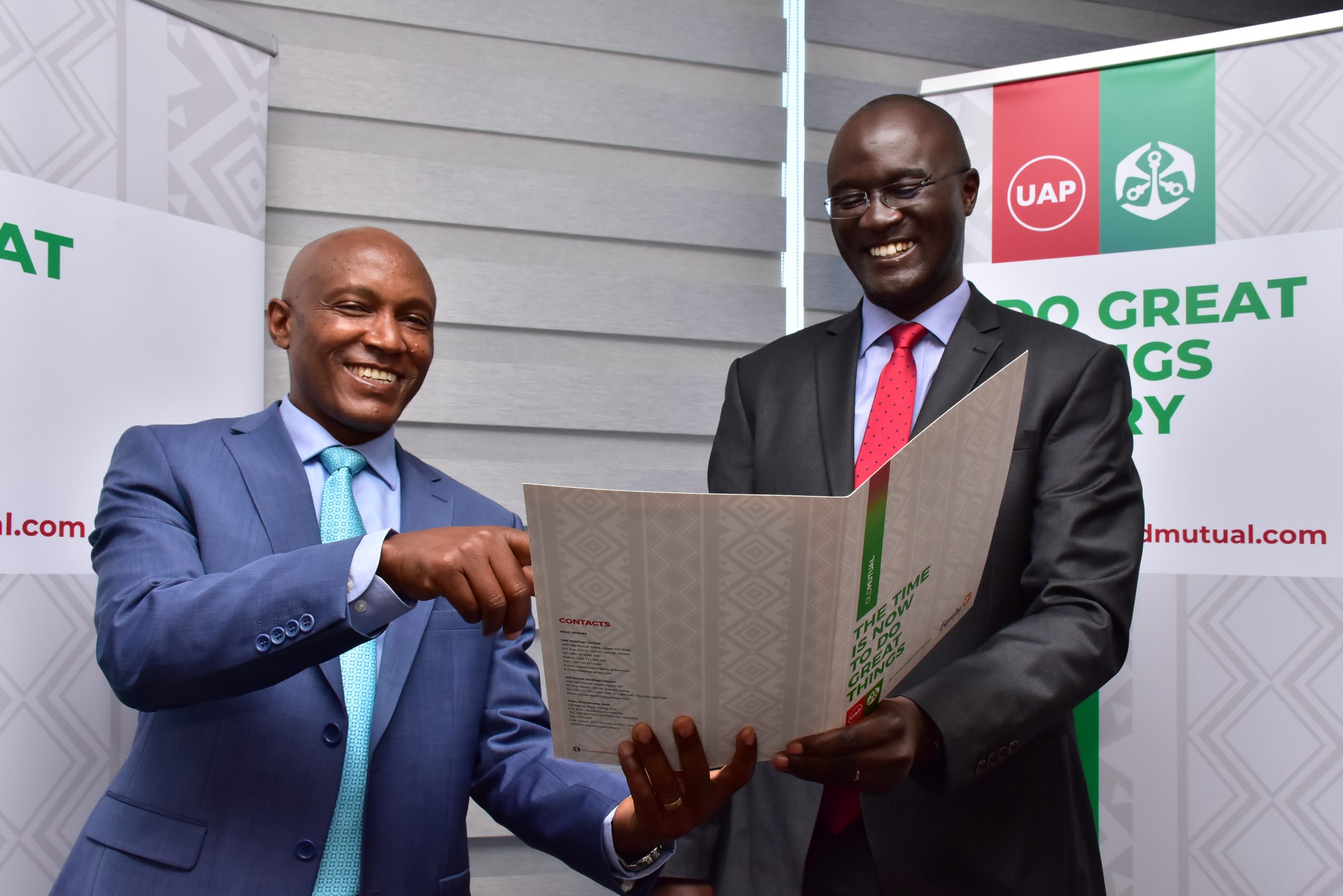UAP Holdings (UAPH) Plc reported first-half earnings that have seen growth in topline while maintaining the focus on profitable growth, coupled with improved cash flow generation over the period.
This performance was delivered on the backdrop of the COVID-19 pandemic which has adversely impacted different sectors of the economies that the Group operates in.
The stellar top-line improvements coupled with improved claims ratios were however negatively impacted by the poor performance of the equities market which led to the Group reporting a loss before tax of Sh57m compared to a profit of Sh517m for the same period in 2019.
Gross written premiums were up double-digit at 11 percent driven by core short-term insurance businesses.
This reverses the previous trend of declining to flat growth experienced in recent years. Net earned premiums were up 1.4 percent over H1 2019 in line with Gross earned premiums which were up 2 percent.
Investment income was down 34 percent driven by fair value losses of Sh771 million on equity investments in H1 2020 compared to fair value gains of Sh407m in H1 2019.
The NSE All-Share Index was down 17.2 percent in H1 2020 compared to 6.5 percent up in H1 2019 driven by reduced investor appetite for equities off the back of the pandemic.
The Group CEO, Arthur Oginga, during the Investor briefing said “We continue to drive our profitable growth agenda ensuring that business is transparently and appropriately priced for the risk underwritten, including rewarding good risk. Partially as a result of these and other management
initiatives to reduce the cost of claims through supplier management, early settlement discounts, etc, net claims reduced by 11.8 percent compared to H1 2019. The business also benefited from a reduced number and severity of claims incidents following the government-imposed lockdowns and curfews in quarter two.”
Operating expenses were up 32 percent over H1 2019. This was driven by timing differences resulting from the full implementation of IFRS 16 in H2 of 2019, higher software costs in the medical business due to higher lives underwritten, higher IT costs following the implementation of a new general ledger system in late 2019, increased distribution costs in line with topline growth and increased one-off professional fees related to claims management initiatives on the motor book.
Finance costs were up 24 percent over H1 2019 driven by forex losses on dollar denominated debt (Sh146 million) as the Kenya Shilling depreciated 5.1 percent in H1 2020 compared to 0.4 percent in H1 2019.
“We continue to execute on our integrated financial services strategy supported by digital with a keen focus on profitable growth. Our business is resilient with a strong balance sheet and improved cash generation. This will position us well to navigate the headwinds that the COVID-19 pandemic shall present in the second half of the year. We remain cautious given that the pandemic is still unfolding and have put in place measures to ensure our customers continue to receive services seamlessly,” Arthur said.

